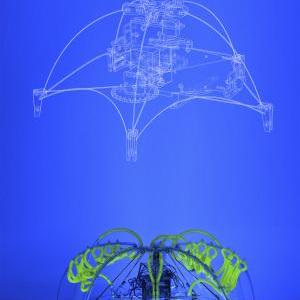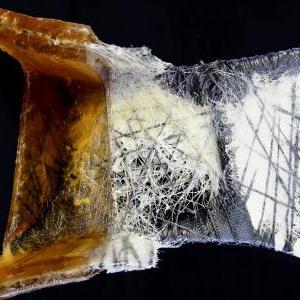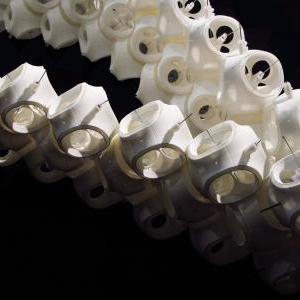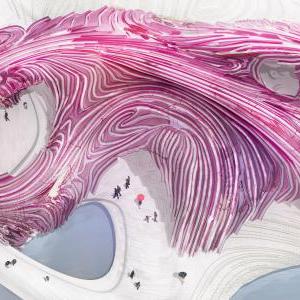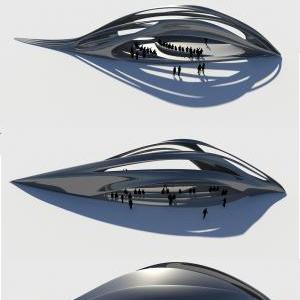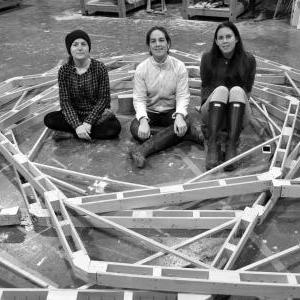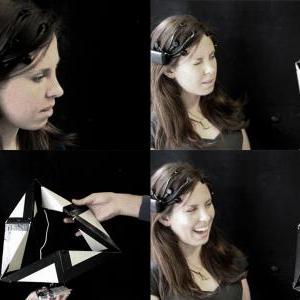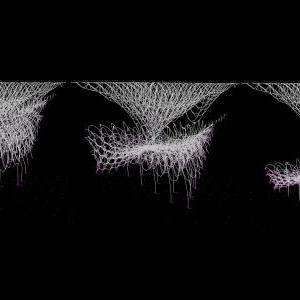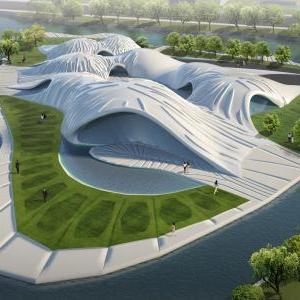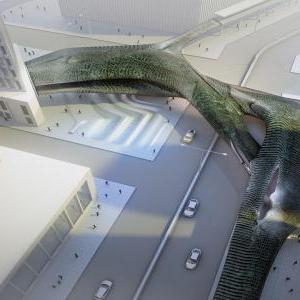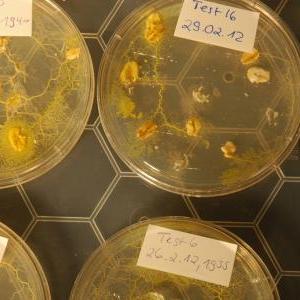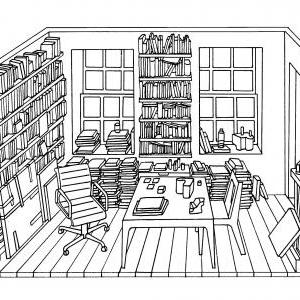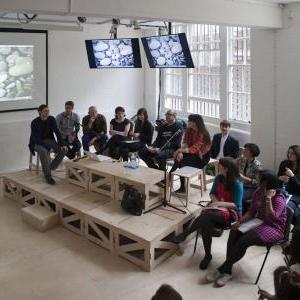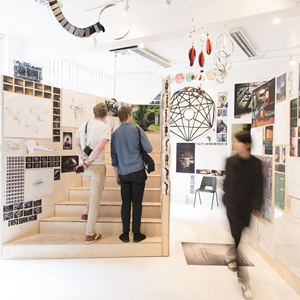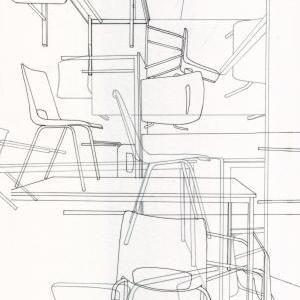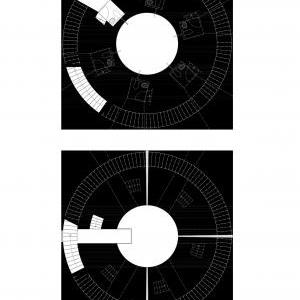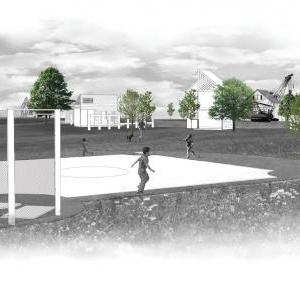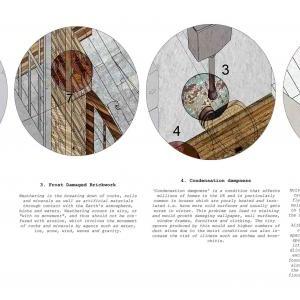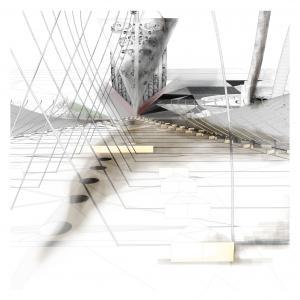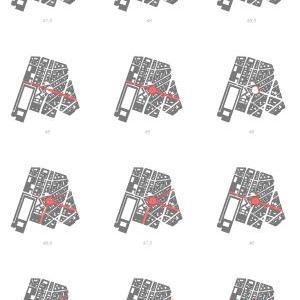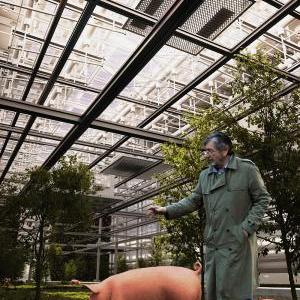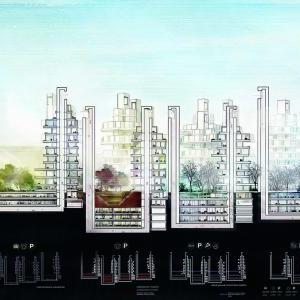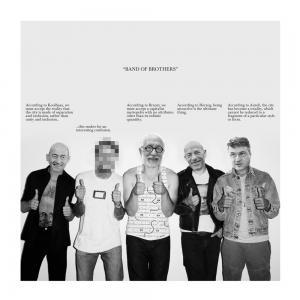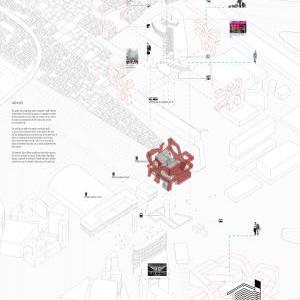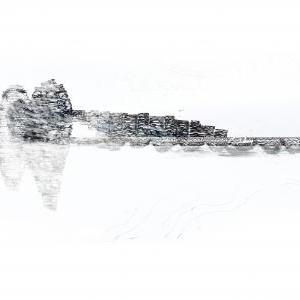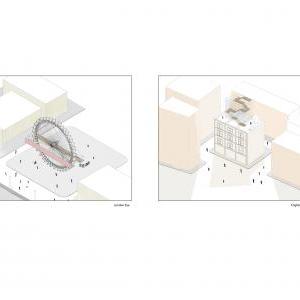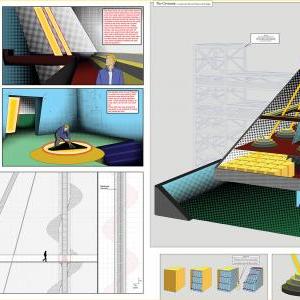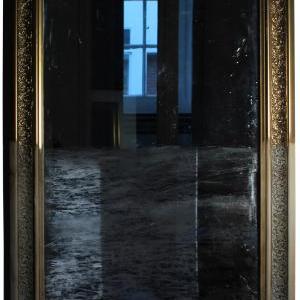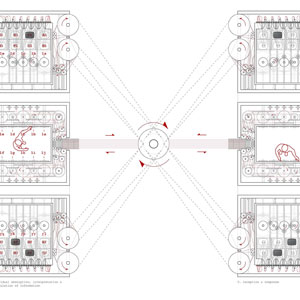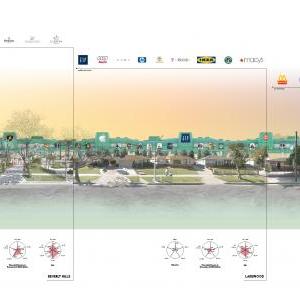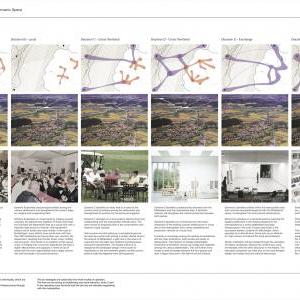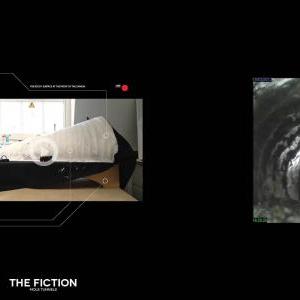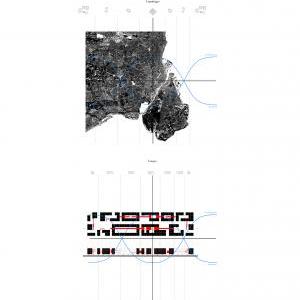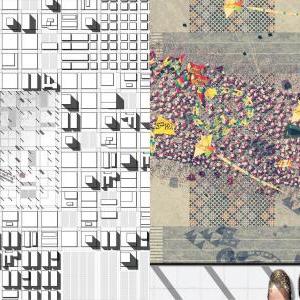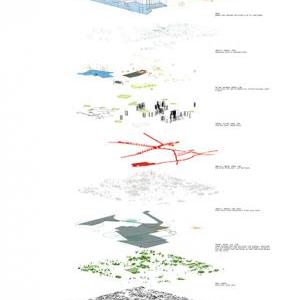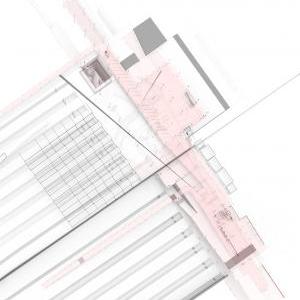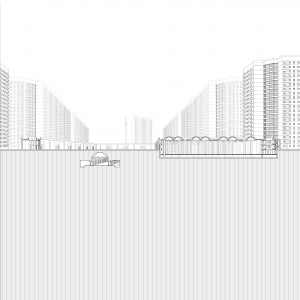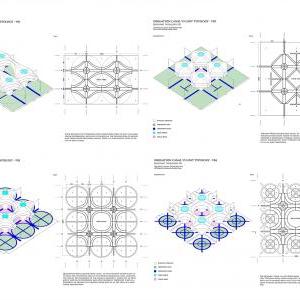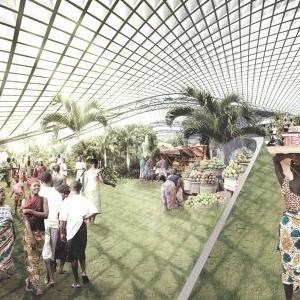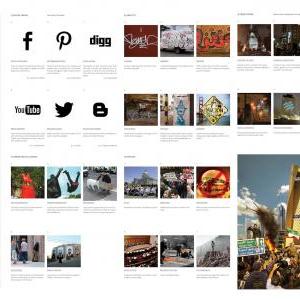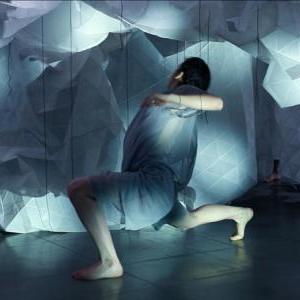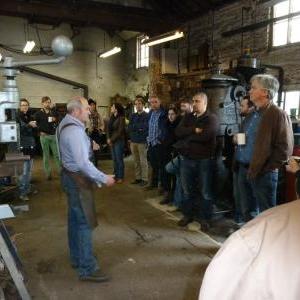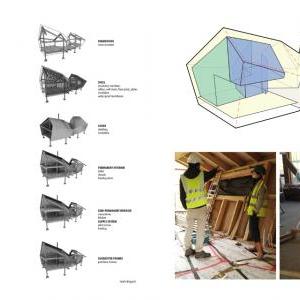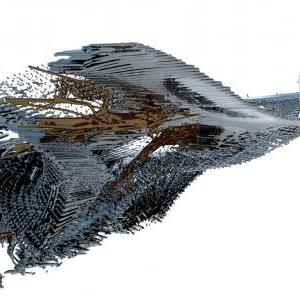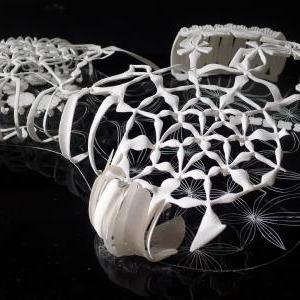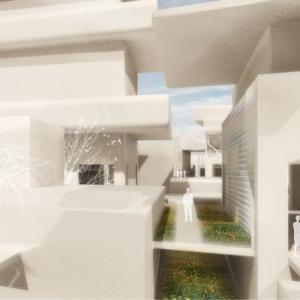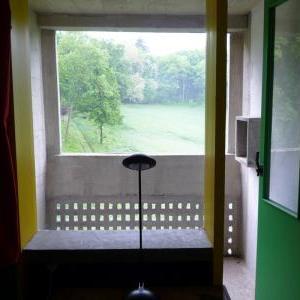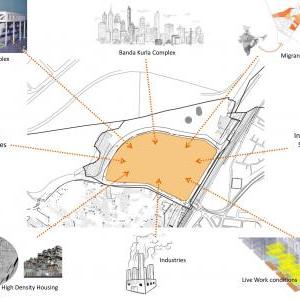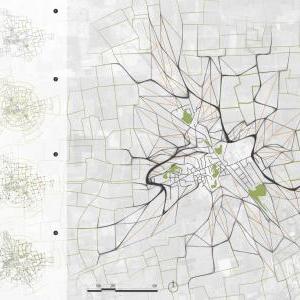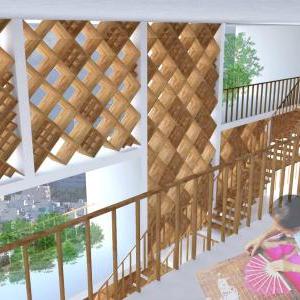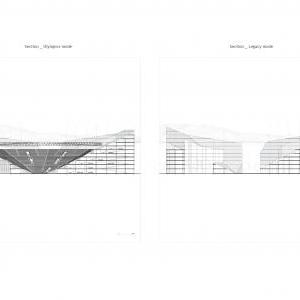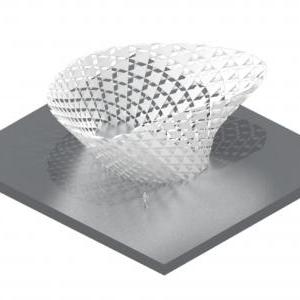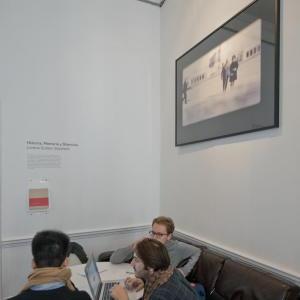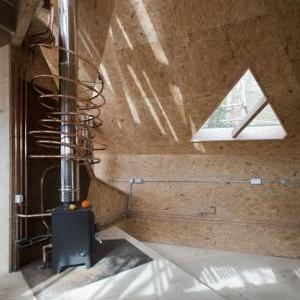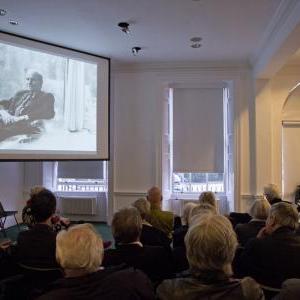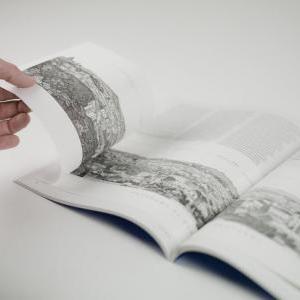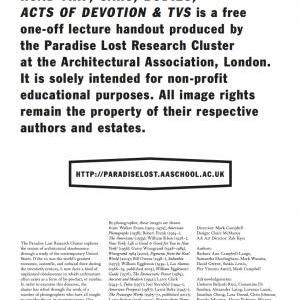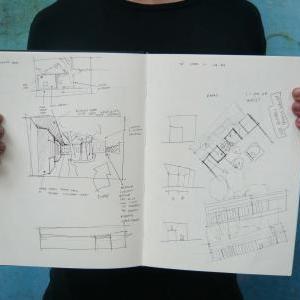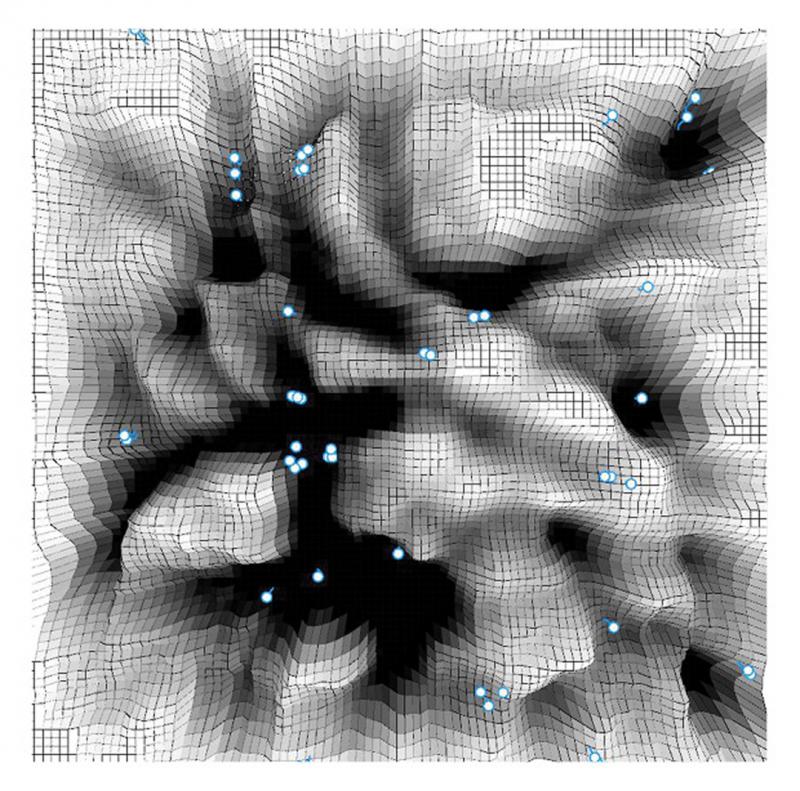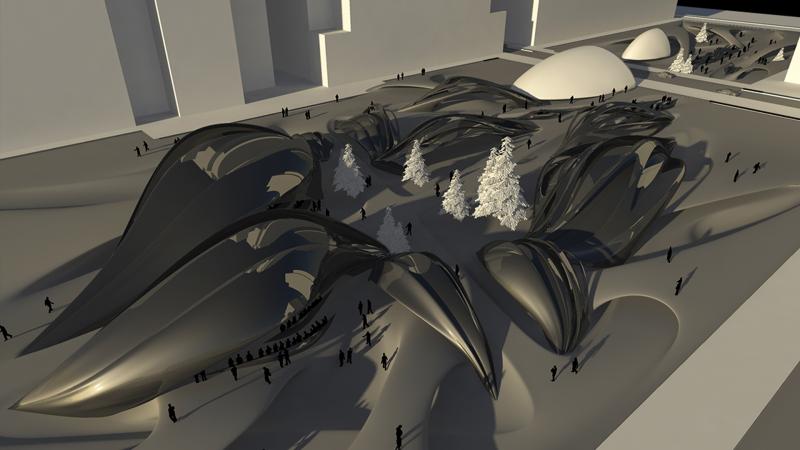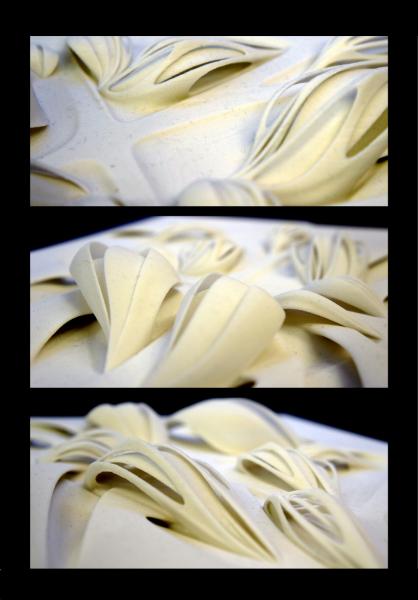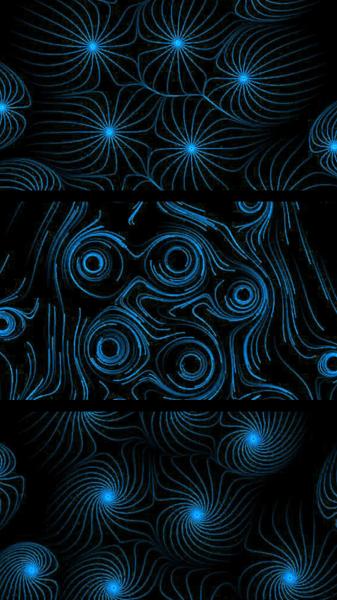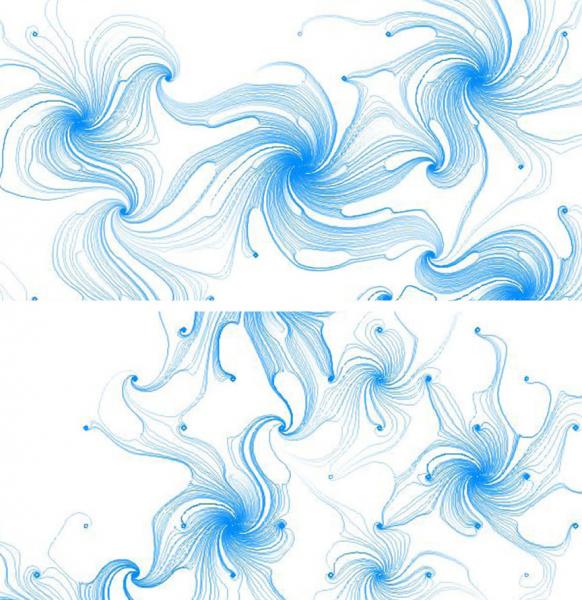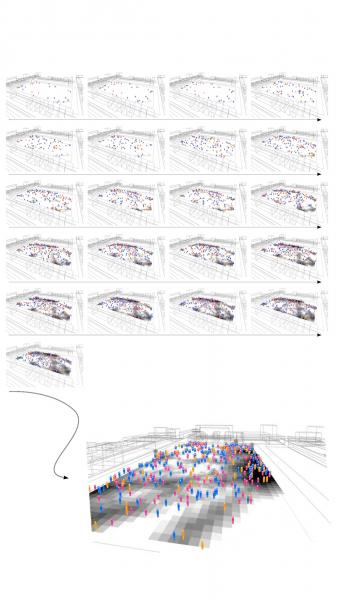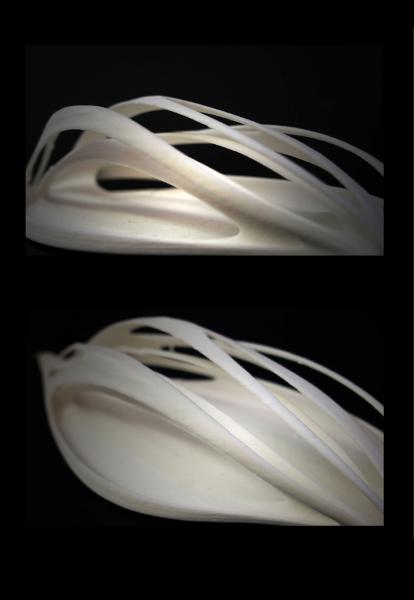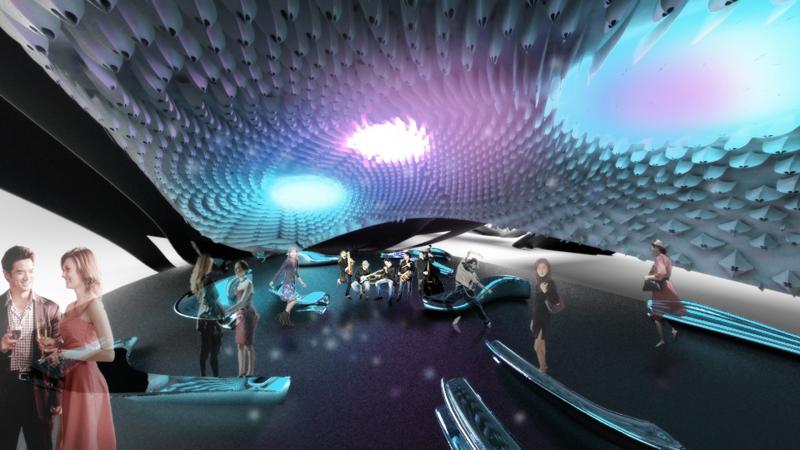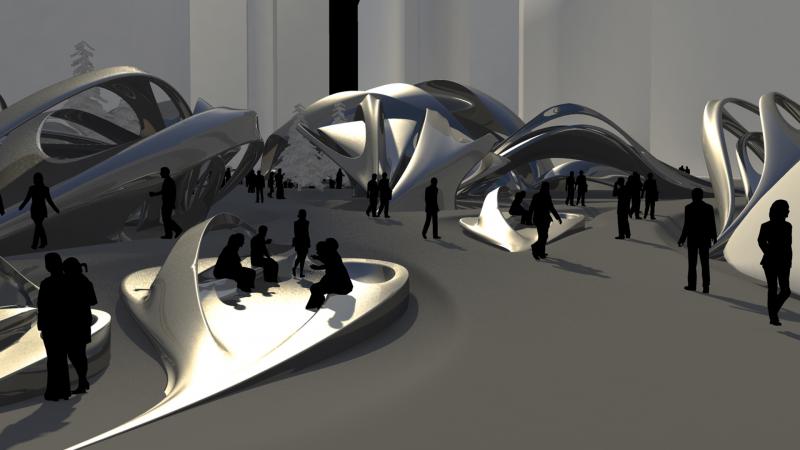This year the Design Research Laboratory (DRL) concluded the final year of the four-year design research agenda Proto-Design, which investigated digital and analogue forms of computation in the pursuit of systemic design applications that are scenario- and time-based. Considering controls systems as open acts of design experimentation, the DRL examines production processes as active agents in the development of architecture. Behavioural, parametric and generative methodologies of computational design are coupled with physical computing and analogue experiments to create dynamic and reflexive feedback processes. New forms of spatial organisation are explored not as type- or context-dependent but by examining scenarios that evolve as ecologies and environments that seek adaptive and hyper-specific features.
This performance-driven approach aims to develop novel design proposals concerned with the everyday. The iterative methodology of the design studio focuses on the investigation of spatial, structural and material organisations, engaging with contemporary discourses of architecture and urbanism. Four research studios run in parallel, exploring the possibilities of Proto-Design. Theodore Spyropoulos’ studio, Synthetic Natures: Behavioural Machines, investigates behaviour as the means to explore self-regulating and deployable soft systems. Parametric Semiology 2 – Habitat as System of Signification, led by Patrik Schumacher, focuses on how the societal function of urban and architectural design can act as an innovative ordering and framing of communicative interaction. Robert Stuart-Smith’s studio, Behavioural Matter, explores how non-linear design processes may be instrumentalised to generate a temporal architecture with a designed life-cycle. Reconsidering Elementarism, led by Philippe Morel, addresses the relationships between technology, architecture and mathematics by revisiting research on Elementarism in the 1920s and its cybernetic reinterpretations of the 1960s.
Director
Theodore Spyropoulos
Founder
Patrik Schumacher
Course Masters
Shajay Bhoosan
Philippe Morel
Robert Stuart-Smith
Course Tutors
Pierandrea Angius
Mollie Claypool
Ryan Dillon
Mostafa El-Sayed
Manuel Jiménez García
Jose Sanchez
Technical Tutors
Albert Taylor & AKT
Software Tutors
Torsten Broeder
Paul Jeffries
Tyson Hosmer
Programme Coordinator
Ryan Dillon
Invited Critics
Lucy Bullivant
Helen Castle
Mark Cousins
Didier Faustino
David Jason Gerber
David Greene
Adrian Lahoud
Marta Malé- Alemany
David Ruy
Marcelo Spina
Brett Steele
Albert Taylor
Peter Testa
Tom Wiscombe
IArch
Team Name: iArch
Project Name: Design Me
Students: Xuexin Duan (China), Vahid Eshraghi (Iran), Jie Shen (China), Wei You (China)
Studio: Patrik Schumacher with Pierandrea Angius
In an opportunity to design a new, coherent system of signification that adapts to, and intervenes within the semiological systems of the built environment, a new artificial architectural language is needed that does not rely on the familiar codes found in the existing built environments. Such a system demands an architec- tural language grounded on the fundamentals of semiology. This project's proto-system simulates the existing social behaviours of the site. This results in a pattern of occupied territories within the site, demonstrating path networks and the density of occupation. The obtained data is later used for the placement and orientation of buildings.
On the global scale, architectural forms are generated to maintain multiple readings by temporarily being clustered. Such possibilities maintain flexibility in the interior organisation and size of space. In the interior scale, the organisation is semiologically encoded through gestalt grouping principles and furniture configurations. Gestalt principles perceptually decompose the space to define the interior organisation while the furniture configuration amplifies this perception while characterising the spaces as events, which become possible through ‘gestalt switches’ made by different light condition and furniture movement and transformation.
